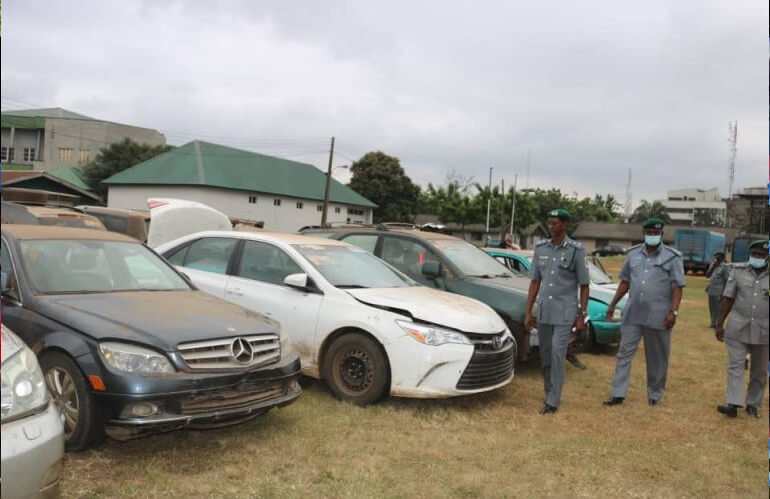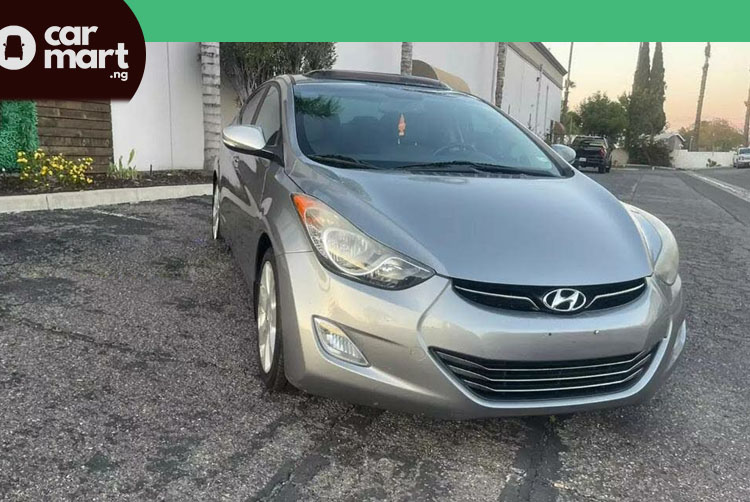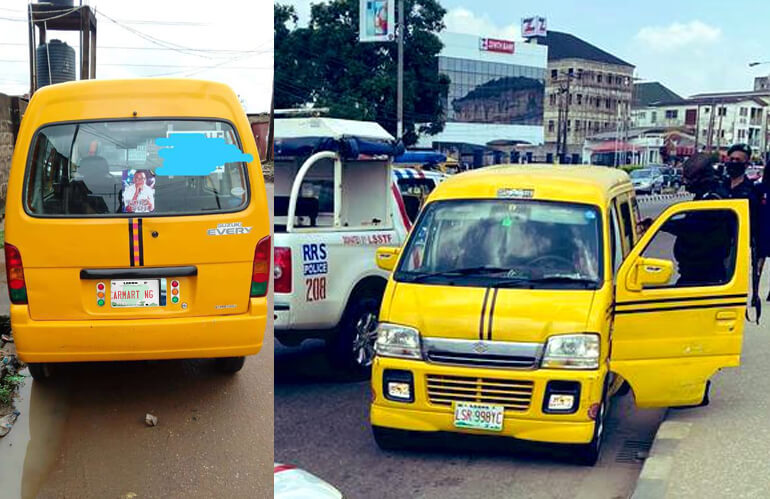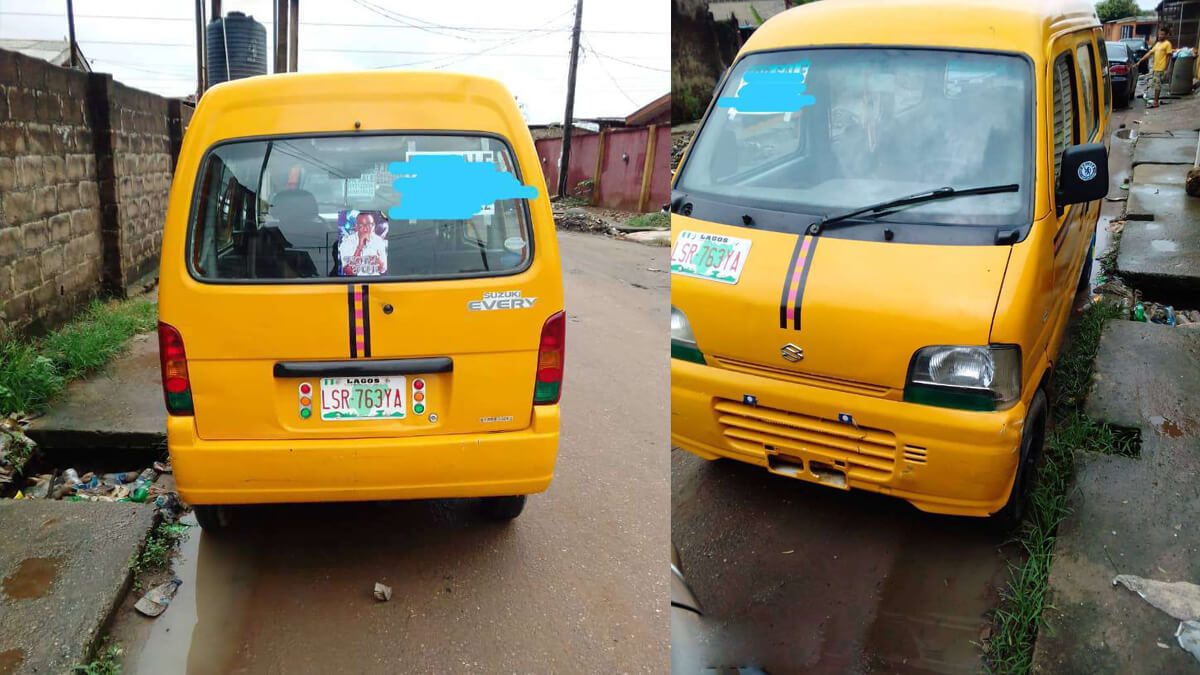The Nigeria Customs Service (NCS) in June 2023 confirmed the increase of import duty on vehicles from 39.54% to 39.62.
Table of Contents
The Nigerian Customs Service is the authority in charge of clearing imported vehicles at Nigerian ports. A couple of years ago, the cost of a car customs clearance in Nigeria depended mainly on the vehicle’s type and age. The import duty position adopted placed the clearance cost at about 22% of the vehicle’s actual price.
Today, the parameters for determining clearing costs have changed. There is a charge of 35% import duty on imported vehicles plus an additional 35% levy, which brings the total clearing cost to 70% of the vehicle’s price. This 39.54% to 39.62 increase in clearing charge was a move by the government to discourage importation while encouraging locally manufactured cars in Nigeria.
Nigeria Customs Increase -June 2023
| Vehicle Type | Old Value | New Value | Difference | % increase |
| Corolla | 786,000 | 1,097,000 | 311,000 | 39.57% |
| Camry | 910,000 | 1,270,000 | 360,000 | 39.56% |
| RX 350 | 1,827,000 | 2,550,000 | 723,000 | 39.57% |
| RAV4 | 1,073,000 | 1,498,000 | 425,000 | 39.61% |
| Sienna | 1,309,000 | 1,827,000 | 518,000 | 39.57% |
| Accord | 994,000 | 1,387,000 | 393,000 | 39.54% |
| ES 350 | 1,650,000 | 2,304,000 | 654,000 | 39.64% |
| Highlander | 1,431,000 | 1,998,000 | 567,000 | 39.62% |
| Pilot | 1,247,000 | 1,741,000 | 494,000 | 39.62% |
| Venza | 1,633,000 | 2,280,000 | 647,000 | 39.62% |
| Acura MDX | 1,565,000 | 2,185,000 | 620,000 | 39.62% |
| Ford Edge | 1,287,000 | 1,796,000 | 509,000 | 39.55 |
How to Clear Your Vehicle at the Ports

After your shipping company has landed your vehicle at the port, you need a clearing agency to complete the process of clearing your vehicle.
Although there are steps, you can complete them yourself. You may consider using a licensed clearing agent for the most part. Below are the necessary steps and documents you will need:
Bill of Lading
A Bill of lading is a document that contains all information such as model, year, VIN/chassis number, weight, and name of conveying vessel, the port of origin and discharge, and also details of the consignee to receive the vehicle in Nigeria. You should receive this document from your shipping company ahead of time before the arrival of your car. You can obtain it through express courier or via email, which you’ll need to print.
Application for Duty Valuation
This application has to be written by a licensed customs clearing agency. It accompanies a copy of the BOL (Bill of Loading) and addresses the Nigerian Custom Office, e.g., Tincan, Apapa, and Onne.
In response to this application, the customs office will provide your clearing agent with your vehicle’s duty valuation in dollars. It is this dollar value that will be used to calculate your vehicle’s 35% surface duty. An additional 35% levy is charged, which brings the total clearing cost to 70%.For example,
Let’s say the custom office determines a $5,000 value for your foreign-used vehicle. The calculation of surface duty is as follows:
- $5,000 X (35/100) X N380 (Customs official dollar rate) = N665, 000
There may be other charges which could arise in the processing. Please verify them with your customs clearance agent.
Print DTI
Your clearing agency will obtain a Direct Trader Input, also called Assessment Notice or Single Goods Declaration Form, upon submitting the duty valuation obtained from above. This document will describe the transaction, such as vehicle type, terminal location, approved duty amount, and vehicle contents (if any).
This step, commonly called “punching,” is a significant step among all the steps involved in how to import cars to Nigeria. It merely means inputting the car’s details and the Nigerian Customs server’s duty valuation. They need the TIN (Tax Identification Number) of the consignee to process the DTI.
Import Duty Payment
Proceed to the bank with the Assessment Notice obtained from above to make your import duty payment. You get a receipt upon payment.
Collate All Documents
Put together the bank’s duty payment receipt, assessment notice, valuation copy, and bill of lading. Submit all to the customs office where the vehicle will be registered and scheduled for physical examination upon confirmation that the correct duty amount has been paid. Otherwise, there will be an alert on the car until the owner makes the right duty payment. The releasing officer receives a report to release the vehicle if things are correct.
Release at Shipping Company
At this point, you are to put together your vehicle’s original signed bill of lading, SGD, and signed copy of the consignee’s ID, and submit all to your shipping company. The following are acceptable for the consignee’s ID: driver’s license, international passport, national ID, or certificate of incorporation for a company.
You’ll also need a copy of Form C30 (Custom documents that license custom agencies to operate) and a letter of authorization from your clearing agency. In return, your shipping company will give you an assessment to pay any outstanding shipping and terminal charges, and upon payment, you get an exit copy.
Clearing at Customs Gate Office
At this point, you are almost free to go but not entirely. At the Customs gate office, you’ll submit your customs release document and exit copy from your shipping company. Upon verification, your documents will be stamped and signed. With your shipping company’s payment receipt and a copy of the signed gate document, you get terminal delivery order.







